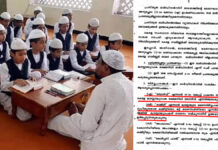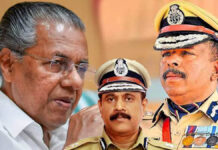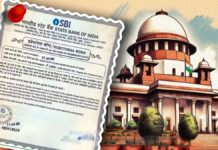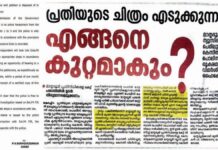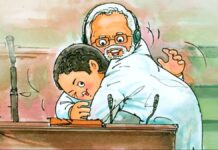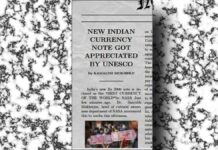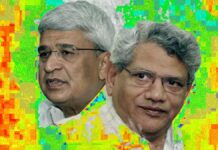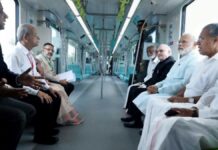Is India moving towards a cashless economy? Is it possible for India to become a cashless economy? After demonetisation, Prime Minister Narendra Modi is vouching cashless economy. As usual, his supporters are for it and detractors pessimistic. What is a cashless economy? It is one in which most of the transactions are done using cards or digital means. The circulation of physical currency is minimal. It has its plus as well as minus, in plenty. We, Indians use too much cash for transactions. In fact, we suffer from money illusion. Money illusion refers to the tendency of people to think of currency in nominal rather than real terms. We don’t just love, but worship currency. It’s quite natural when we perform 90 per cent of all our transactions in cash. Even if 40 percent of the transactions become cashless, it is an achievement as far as India is concerned.
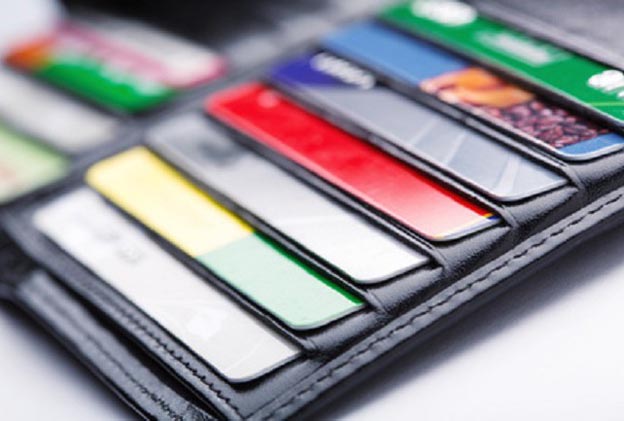
Most of the cash in advanced economies is floating around in the ‘world underground economy’ or ‘underworld economy’. In fact, cash facilitates drug trafficking, human trafficking, extortion, money laundering, illegal immigration and many more. On the contrary, cash is empowering millions of unbanked families. It is an intuitive method of exchange and acts as a store of value. In a cashless society, people would be forced to remove savings from under their mattresses and keep them in the bank. No cash means safety from burglars. More electronic transactions would be good for hygiene as banknotes carry an assortment of germs!!!
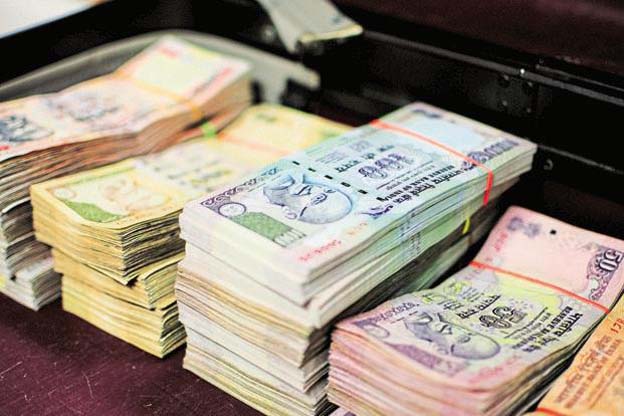
The finance ministry has set up a panel, led by former finance secretary Ratan Watal to suggest steps to reduce cash transactions and to promote card payments through incentives such as tax rebates and cash back schemes. Panel has been tasked with reviewing the payment system in the country and suggest measures for encouraging digital payments. It aims at better targeting of subsidies through the direct benefit payments model, improving economic efficiency by lowering transaction costs, and moving toward a cashless economy. With banks in India having embraced technological change, the onus is on them to integrate inter-generational legacy systems across branches, ATMs and online banking networks into one seamless and secure whole.
Growing popularity of e-payments and mobile wallets among the youth in the country has acted a morale booster for Modi to move forward with his plans. But, electronic transactions come with a fee while cash transactions don’t. Recently, government cleared the implementation of a few measures to promote digital and card-based payments to curb cash use in the system which includes withdrawal of surcharge, service charge or convenience fee on card and other digital transactions. This makes RBI’s work easy to bring in accountability and transparency in each and every financial transaction. Increasing smart phone penetration and progressive regulatory policy structures have been cited as major driving force towards a cashless economy. India is expected to have 52 crore smart phone users by 2020. Next-gen technologies like voice-based payments, biometrics and iris authentication through mobiles, QR codes are expected to play a part in extending coverage.
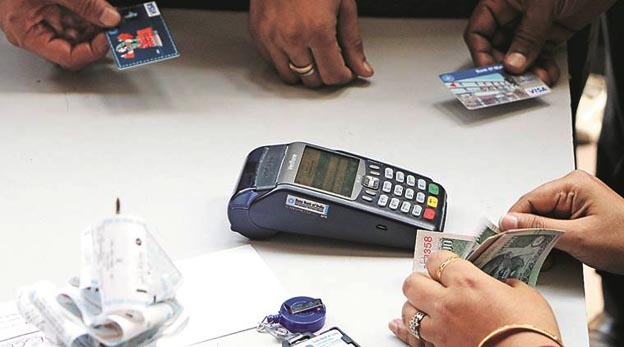
Unified Payments Interface, launched recently, is an improved version of IMPS tends to gain popularity as its only requirements being a bank account and a smart phone. This is a significant step towards moving into a cashless economy. Once a person registers for UPI with his bank, a unique ‘virtual address’ in the model of an email address will be created. It is mapped with his mobile number registered with the bank. To initiate the payment, UPI invokes this virtual identity of the beneficiary and transfers money in real-time. UPI allows a customer to have multiple virtual addresses for multiple accounts in various banks. In order to ensure privacy of customer’s data, there is no account number mapper anywhere other than the customer’s own bank. UPI can potentially eliminate the need for maintaining a mobile wallet, as this ‘virtual address’ is not limited only to individuals.
Now, the technology to handle bank accounts using mobile phone even without internet connectivity has arrived. For this, one just need to dial 99# to do basic banking instantly from his account-linked mobile phone. The phone needn’t be a smart phone, but any baseline phone. For example, a customer of HDFC Bank needs to dial *9943# from his registered mobile phone. After running this USSD code, the bank returns 7 options to select: 1. Account Balance, 2. Mini Statement, 3. Send Money Using MMID, 4. Send Money Using IFSC, 5. Show MMID, 7. Change MPIN. As a customer, we just need to select the concerned number and send it to effect the transaction. For example, in this case ‘1’ for account balance. If a customer clicks 1 and send it, his account balance appears on mobile screen. Also, a customer can dial 9999# to know his Aadhaar linking and Over Draft Status.
DIRECT CODES OF BANKS
*99*41# -State Bank of India
*99*42# -Punjab National Bank
*99*43# -HDFC Bank
*99*44# -ICICI Bank
*99*45# -AXIS Bank
*99*46# -Canara Bank
*99*47# -Bank of India
*99*48# -Bank of Baroda
*99*49# -IDBI Bank
*99*50# -Union Bank of India
*99*51# -Central Bank of India
*99*52# -India Overseas Bank
*99*53# -Oriental Bank of Commerce
*99*54# -Allahabad Bank
*99*55# -Syndicate Bank
*99*56# -UCO Bank
*99*57# -Corporation Bank
*99*58# -Indian Bank
*99*59# -Andhra Bank
*99*60# -State Bank of Hyderabad
*99*61# -Bank of Maharashtra
*99*62# -State Bank of Patiala
*99*63# -United Bank of India
*99*64# -Vijaya Bank
*99*65# -Dena Bank
*99*66# -Yes Bank
*99*67# -State Bank of Travancore
*99*68# -Kotak Mahindra Bank
*99*69# -IndusInd Bank
*99*70# -State Bank of Bikaner and Jaipur
*99*71# -Punjab and Sind Bank
*99*72# -Federal Bank
*99*73# -State Bank of Mysore
*99*74# -South Indian Bank
*99*75# -Karur Vysya Bank
*99*76# -Karnataka Bank
*99*77# -Tamilnad Mercantile Bank
*99*78# -DCB Bank
*99*79# -Ratnakar Bank
*99*80# -Nainital Bank
*99*81# -Janata Sahakari Bank
*99*82# -Mehsana Urban Co-Operative Bank
*99*83# -NKGSB Bank
*99*84# -Saraswat Bank
*99*85# -Apna Sahakari Bank
*99*86# -Bhartiya Mahila Bank
*99*87# -Abhyudaya Co-Operative Bank
*99*88# -Punjab and Maharashtra Co-Operative Bank
*99*89# -Hasti Co-Operative Bank
*99*90# -Gujarat State Co-Operative Bank
*99*91# -Kalupur Commercial Co-Operative Bank
For the government and the banking regulator, much is at stake as the two have sought to move in concert to harness the digital revolution to advance socio-economic policy objectives. But they need to gain the confidence of common public to persuade them to actively participate in the road map towards cashless economy. Hackers are continuously testing security systems and therefore entrusting savings to financial institutions in digital mode is not an easy decision. The data breach at 19 Indian banks that has led to more than 32 lakh debit cards being blocked or recalled is a wake-up call for the banking industry.

Through demonetisation Modi was trying to put a curb on black money. Will it really work? With cash and black money so intertwined, it is difficult to objectively evaluate demonetisation. Black money do not reside in currency and that the Modi move would hardly dent its existing stock. But it is a known fact that illegal income almost always originates in cash, before changing into other asset forms. Thus, a cash-intensive economy provides fertile ground for the parallel economy to thrive. Reducing the use of cash would reduce avenues for the future circulation or conversion of black money. In this sense, the move could be viewed as a supply-side response to the problem.
Please do have a look at this!!

